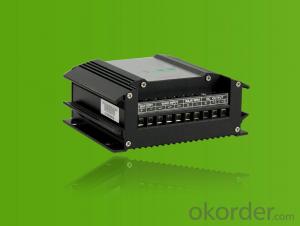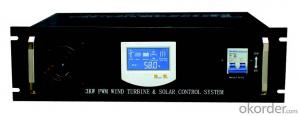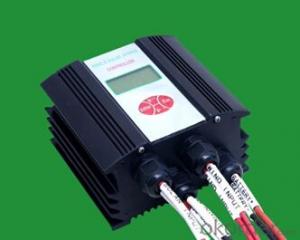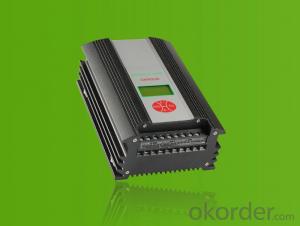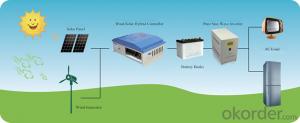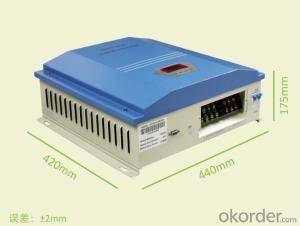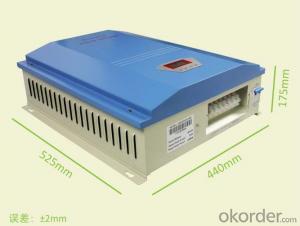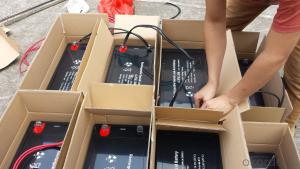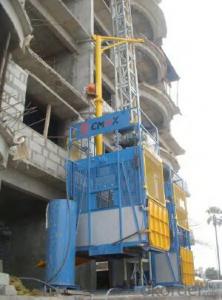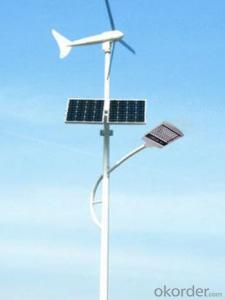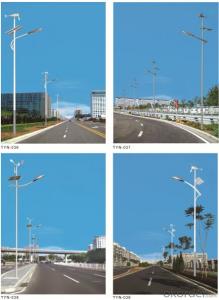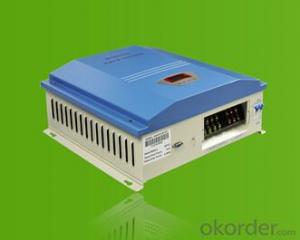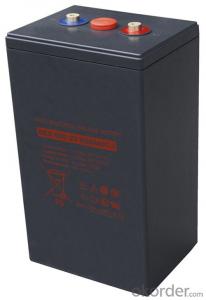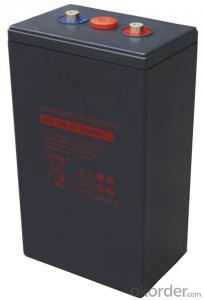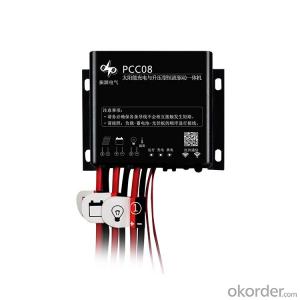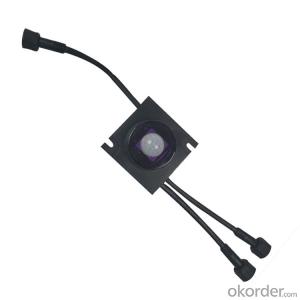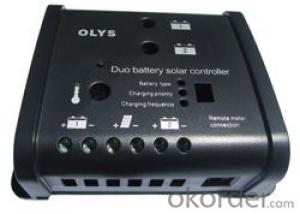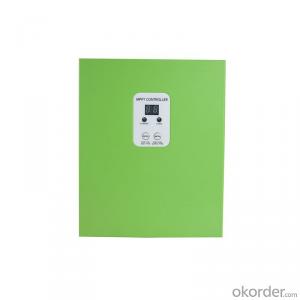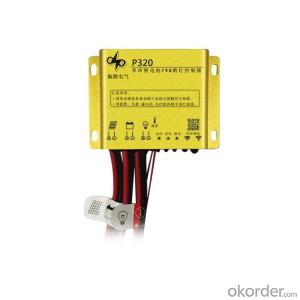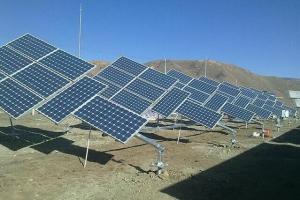Wind Solar Hybrid Controller Manual
Wind Solar Hybrid Controller Manual Related Searches
Solar Panel With Controller Best Solar Off Grid Inverter Best Solar Inverter Off Grid Best Solar Hybrid Inverter Solar Panel Off Grid Inverter Hybrid Inverter Solar System Solar Hybrid Inverter System Solar Panel Hybrid Inverter Solar Hybrid Inverter On Grid On Grid Hybrid Solar InverterHot Searches
China Hybrid Solar Inverter Solar Inverter Hybrid Price Hybrid Solar Inverter Price Solar Inverter Hybrid 10kw Solar Inverter Hybrid Tesla Hybrid Solar Inverter Solar Charge Controller Specification How Much Do Street Lights Cost China Hybrid Solar Inverter Solar Inverter Hybrid Price Hybrid Solar Inverter Price Solar Inverter Hybrid 10kw Solar Inverter Hybrid Tesla Hybrid Solar Inverter China Hybrid Solar Inverter Solar Inverter Off Grid Price Off Grid Solar Inverter Price Solar Inverter Hybrid Price Hybrid Solar Inverter Price Solar Inverter Off Grid 1000wWind Solar Hybrid Controller Manual Supplier & Manufacturer from China
Okorder.com is a professional Wind Solar Hybrid Controller Manual supplier & manufacturer, offers integrated one-stop services including real-time quoting and online cargo tracking. We are funded by CNBM Group, a Fortune 500 enterprise and the largest Wind Solar Hybrid Controller Manual firm in China.Hot Products
FAQ
- One way to prevent battery under-temperature with a solar controller is by utilizing a temperature sensor. The controller should be equipped with a temperature sensor that constantly monitors the temperature of the battery. If the temperature drops below a certain threshold, the controller can activate a heating system to warm up the battery and prevent it from getting too cold. This ensures optimal performance and longevity of the battery in colder climates or during winter months.
- A solar controller is designed to handle fluctuations in solar panel output by regulating and optimizing the flow of electricity between the solar panels and the battery bank. When solar panels produce more energy than is needed, the solar controller detects the excess and adjusts the charging current flowing into the batteries accordingly. This prevents overcharging and potential damage to the batteries. On the other hand, when solar panel output decreases due to factors like cloud coverage or shading, the solar controller compensates for this by increasing the charging current to maintain the desired charge level of the batteries. This ensures that the batteries are always being charged efficiently, even during periods of reduced solar panel output. To handle fluctuations in solar panel output, solar controllers also incorporate features such as Maximum Power Point Tracking (MPPT) or Pulse Width Modulation (PWM) technology. MPPT controllers continuously monitor and track the maximum power point of the solar panels, adjusting the voltage and current to maximize the energy harvested from the panels. PWM controllers, on the other hand, regulate the charging current by rapidly switching the solar panel output on and off, maintaining a stable voltage and preventing overcharging. Overall, a solar controller acts as a crucial intermediary between the solar panels and the battery bank, ensuring that the energy generated by the panels is efficiently transferred and stored, regardless of fluctuations in solar panel output.
- The maximum discharge current that a solar controller can handle depends on the specifications and capabilities of the specific model being used. Solar controllers are designed to regulate the flow of current between the solar panels and the battery or load. They typically have a maximum discharge current rating, which indicates the maximum current that can be safely discharged from the battery or load. This rating ensures that the solar controller does not get overloaded and keeps the system functioning efficiently. To determine the maximum discharge current that a solar controller can handle, it is important to refer to the manufacturer's specifications or user manual. These documents will provide detailed information about the controller's maximum discharge current rating, which is typically expressed in amps (A). It is crucial to adhere to this rating to prevent damage to the controller and maintain the overall performance and longevity of the system. Additionally, it is worth noting that the maximum discharge current may vary depending on the type and size of the solar controller. Different models may have different capabilities based on their design, components, and intended applications. Therefore, it is essential to consult the manufacturer's guidelines to accurately determine the maximum discharge current for a specific solar controller.
- Yes, a solar controller can be used in a solar-powered telecommunications system. A solar controller regulates and manages the flow of electricity from the solar panels to the batteries, ensuring the batteries are charged efficiently and preventing overcharging or damage. This is crucial in a solar-powered telecommunications system as it helps maintain a stable power supply and prolongs the lifespan of the batteries, ultimately improving the system's overall performance and reliability.
- Yes, a solar controller can be used with a solar-powered charging station for electric vehicles. A solar controller is essential for regulating the charging process and ensuring the efficient use of solar energy. It controls the flow of power from the solar panels to the charging station, preventing overcharging and optimizing the charging rates.
- The typical response time of a solar controller in adjusting the charging parameters can vary depending on the specific model and manufacturer. However, in general, most solar controllers have a response time of a few milliseconds to a few seconds. This allows them to quickly adapt to changes in solar radiation and adjust the charging parameters accordingly, ensuring efficient and optimal charging of the connected batteries.
- A solar controller handles overvoltage protection by continuously monitoring the voltage level of the solar panel array. If the voltage exceeds a predetermined threshold, the controller activates a protection mechanism, such as diverting the excess energy to a dump load or disconnecting the panels from the system altogether. This safeguards the system from potential damage caused by overvoltage conditions.
- A solar controller regulates the charging process by monitoring the voltage levels of the battery and the solar panels. It controls the flow of current from the solar panels to the battery, ensuring that the battery is charged optimally without overcharging or undercharging. The controller also prevents reverse current flow from the battery to the panels during periods of low or no sunlight. Overall, it acts as an intermediary between the solar panels and the battery, maintaining a stable and efficient charging process.
